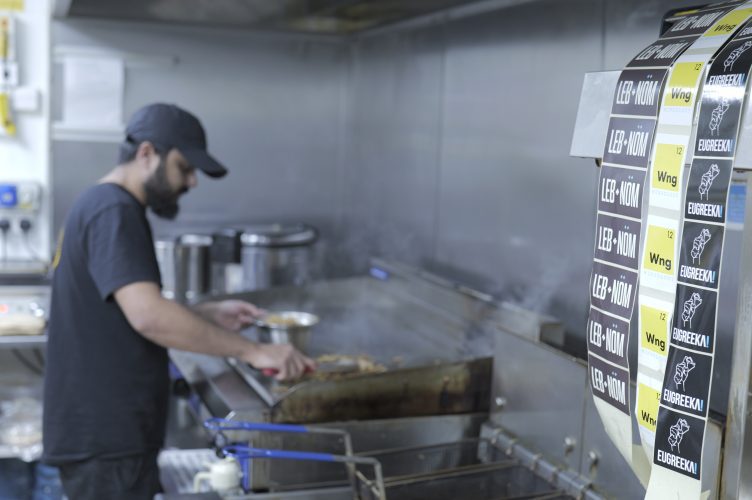Discover how virtual brands help restaurants maximise capacity, boost revenue, and thrive in a delivery-first world—with minimal upfront investment.
Introduction
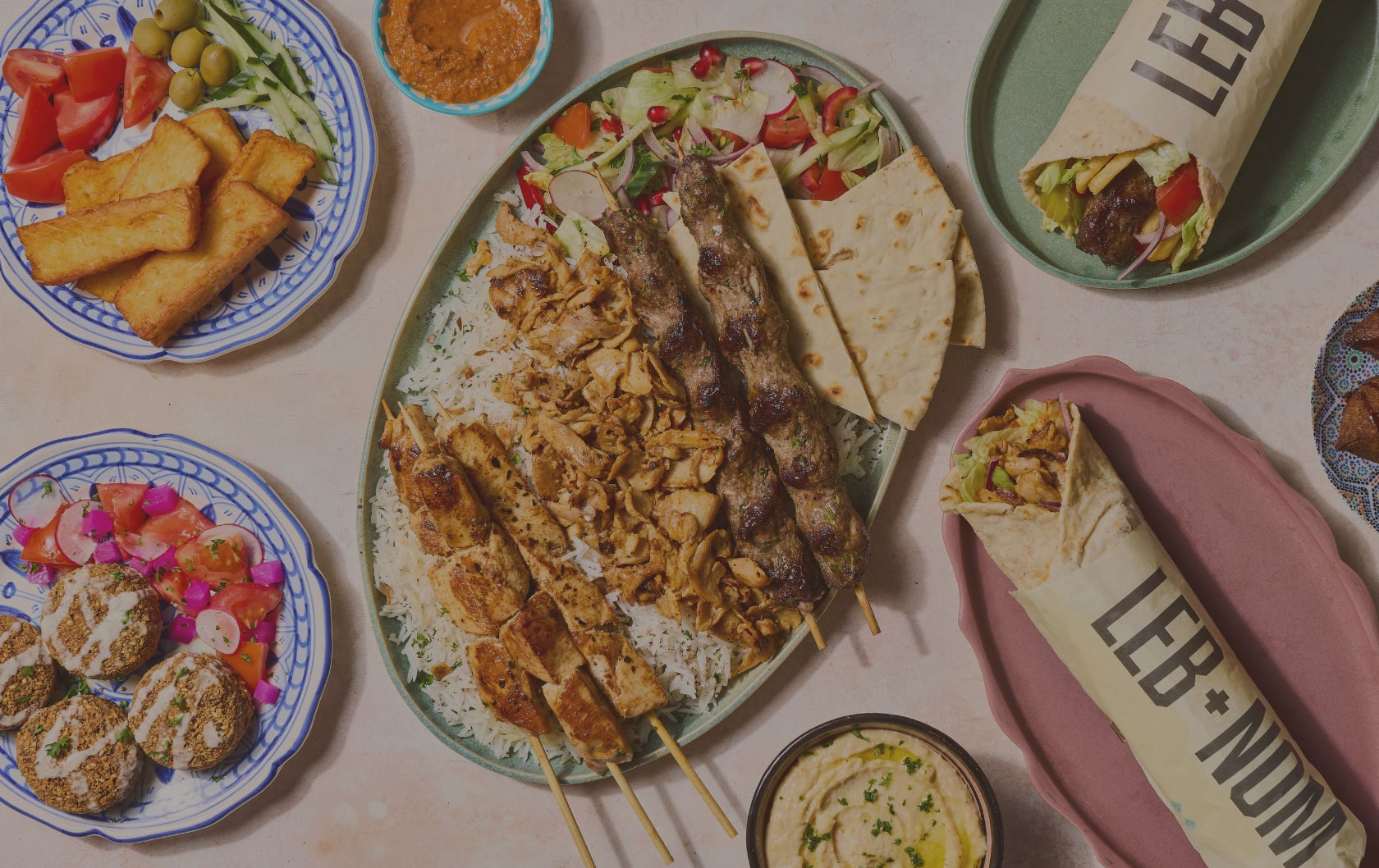
The food industry has undergone a seismic shift. From the pandemic’s disruption to today’s app-driven dining culture, delivery has gone from a side channel to the main event. Restaurants are now asking: “What is a virtual brand, and how can it boost my business?”
A virtual brand, sometimes linked with dark kitchens or ghost kitchens, is one of the most powerful ways to maximise kitchen space and capture the growing delivery market. Instead of opening a new site, operators use their existing equipment and staff to run additional virtual food brands designed for Uber Eats, Deliveroo, and Just Eat.
Dish’d has become one of the UK’s leading players in this space, offering operators proven virtual brand concepts like Eugreeka! and Leb + Nom that are easy to run, halal-compliant, and optimised for profit. With low set-up costs and full support, Dish’d is helping kitchens add £9,000–£15,000 a week in new revenue without bricks-and-mortar expansion.
In this guide, we’ll cover what virtual brands are, the benefits of virtual brands, how Dish’d’s model works, and real-world examples of operators already thriving with the food delivery franchise model.
What Is a Virtual Brand?
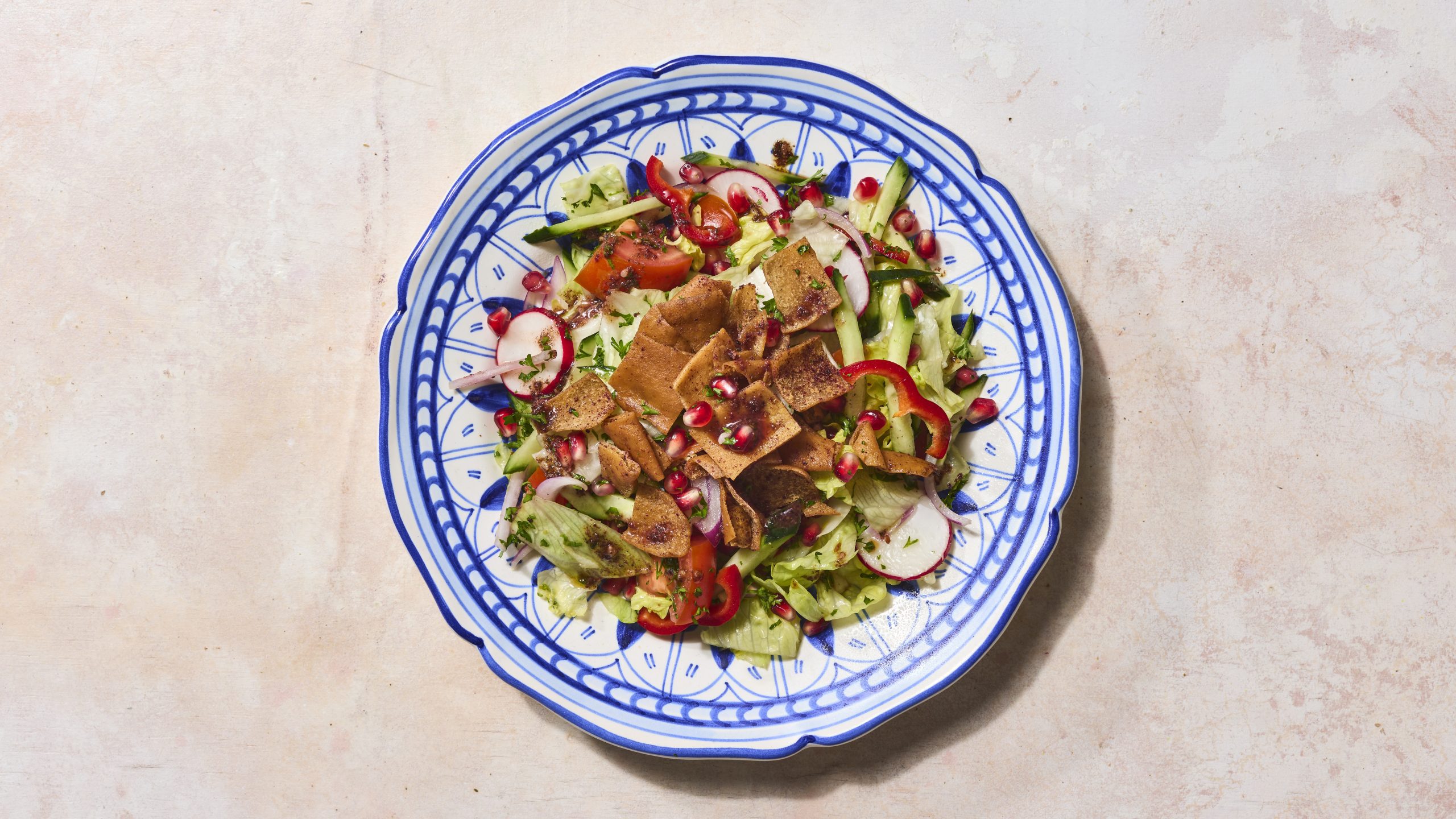
Definition: Virtual Brand vs Ghost Kitchen vs Dark Kitchen
The terms can be confusing, so let’s break them down:
- Virtual brand – a delivery-only restaurant concept. Customers order through apps like Uber Eats, Deliveroo, or Just Eat. The menu exists online, but food is cooked in an existing restaurant or takeaway kitchen.
- Ghost kitchen – also known as a dark kitchen, this refers to the physical cooking space. Ghost kitchens don’t serve dine-in customers; they’re designed for delivery production only.
- Dark kitchen – widely used in the UK, this is simply another term for a ghost kitchen.
So when someone asks “What is a virtual brand?” the answer is that it’s the brand and menu customers see online, while a ghost or dark kitchen is the space where the food is prepared.
The tech and logistics behind it
Virtual brands depend on three things:
- Ordering apps – Deliveroo, Uber Eats, Just Eat.
- Operational efficiency – streamlined prep and consistent recipes.
- Smart packaging and delivery logistics – ensuring food travels well and arrives hot.
This is why virtual brand concepts are designed with bold flavours, quick-cook proteins, and dishes that hold quality in transit.
Who uses them?
Virtual brands can run from:
- Existing restaurants and takeaways.
- Purpose-built dark kitchens.
- Hospitality sites like hotels looking to maximise kitchen space during downtime.
How Dish’d simplifies the model
Many operators exploring virtual food brands worry about complexity. Dish’d removes the barriers:
- Menus built for speed – typically just a fryer and griddle required.
- Halal compliance guaranteed – opening up wider customer bases.
- Marketing and photography included – so operators don’t need to spend heavily on promotion.
- Onboarding and support – partners get trained and ready to launch within days.
For more on kitchen requirements, see Dish’d’s FAQs.
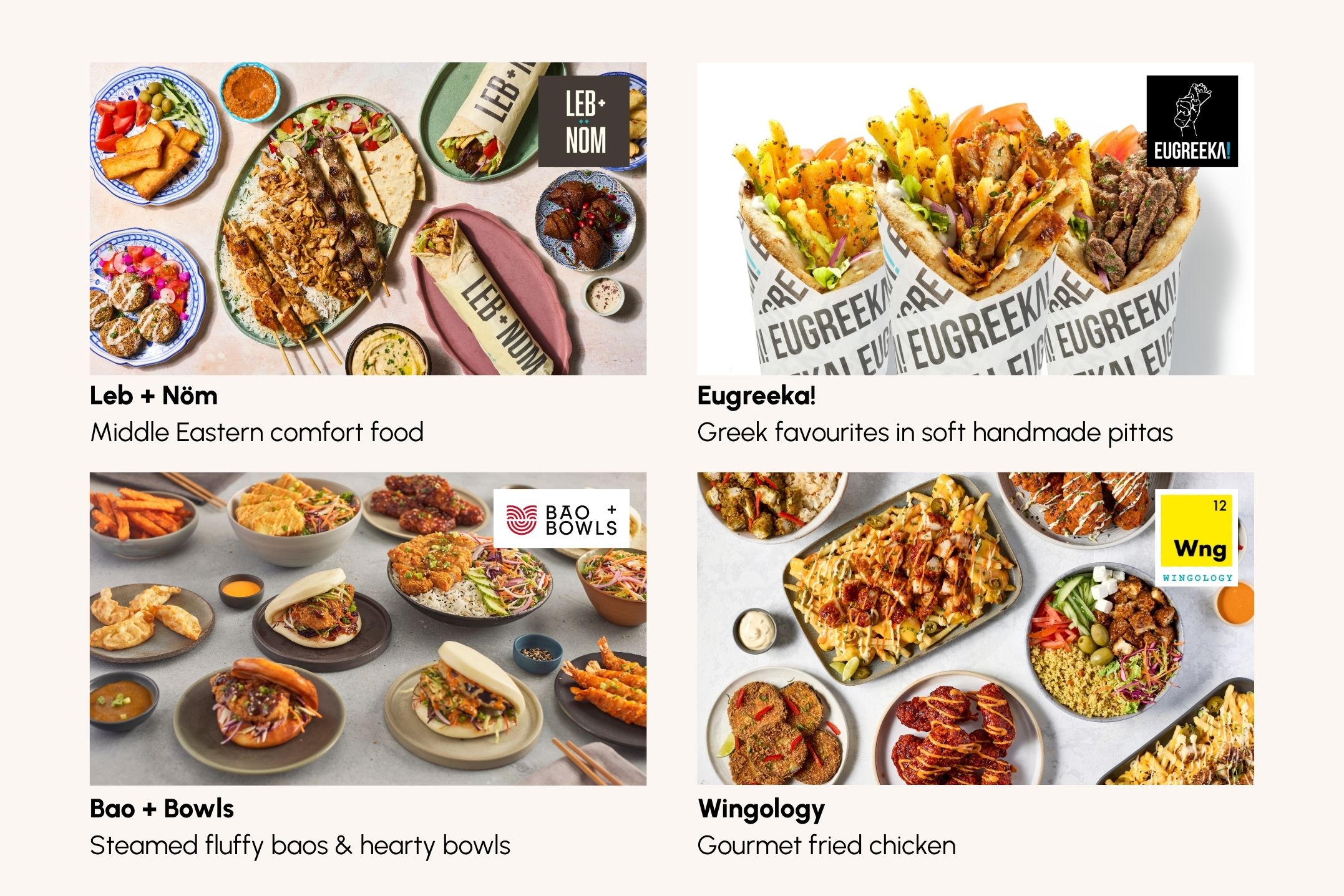
Why Virtual Brands Are Reshaping the Food Industry
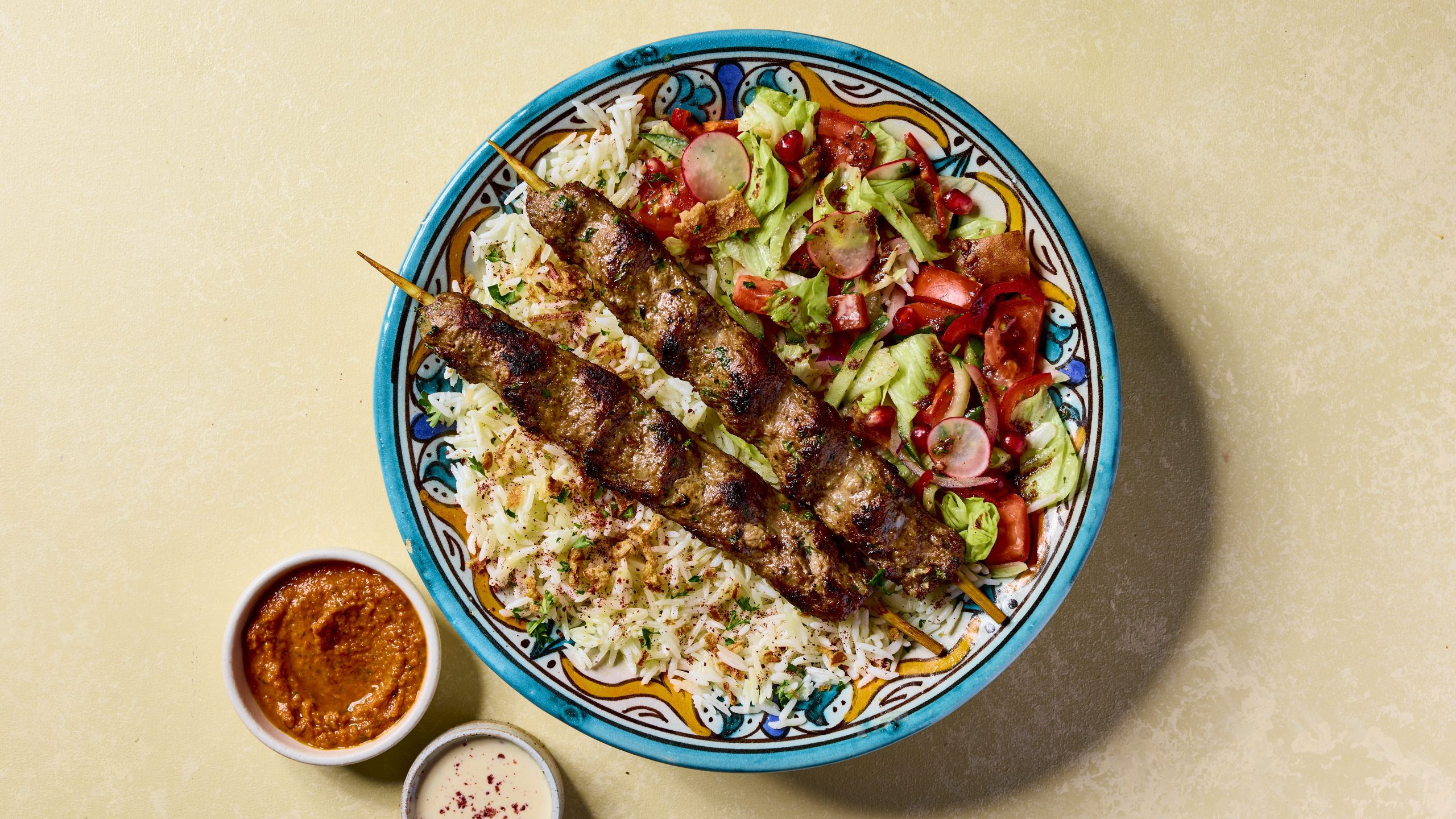
The rise of online food delivery in the UK
Food delivery isn’t just a side income anymore, it’s a primary revenue stream. According to Statista, the UK online food delivery market is forecast to exceed £13 billion in 2025, driven by consumers who order multiple times per week. This growth underpins the rapid adoption of virtual food brands by restaurants, takeaways, and dark kitchens.
Lower overheads than traditional restaurants
The dark kitchen benefits are clear: no rent for dining areas, no front-of-house staff, and no costly refurbishments. Instead, operators use existing kitchens to run virtual brand concepts, meaning the upfront investment is minimal compared with opening a bricks-and-mortar site.
Demand for global cuisines and consistency
UK diners increasingly search for variety, whether it’s Greek gyros, fried chicken, or Middle Eastern mezze. Virtual brands meet this demand by offering specialised menus that are easy to scale and replicate. Every order looks the same, tastes the same, and delivers the same customer satisfaction, which is vital for building delivery loyalty.
Consumer trends: Gen Z and app-first dining
Gen Z and Millennials are driving the delivery boom. They value convenience, digital ordering, and loyalty rewards, often choosing food from a google search like “dark kitchen near me” rather than a high-street restaurant. By running virtual food brands, operators can capture this audience without extra overheads.
In short, the benefits of virtual brands lie in efficiency, reach, and resilience. They allow kitchens to meet modern dining habits while keeping costs low, a combination that explains why so many operators are adopting the food delivery franchise model.
The Dish’d Approach: Virtual Brands That Drive Real Profit

Simple, high-performing menus
Many virtual brand concepts fail because they’re too complex. Dish’d builds menus designed for speed and consistency, think souvlaki wraps, fried chicken, and loaded fries. With just a griddle and fryer, operators can deliver restaurant-quality food that travels well, without slowing down their existing service.
Full delivery integration
Dish’d partners launch seamlessly on Deliveroo, Uber Eats, and Just Eat. This means operators can start selling to a ready-made customer base without worrying about platform logistics. It’s the simplest way to add a virtual brand alongside your existing menu. See our Virtual Brands Overview to explore the full portfolio.
Branding and marketing handled for you
One of the biggest dark kitchen costs is marketing. Dish’d removes that barrier. Every brand comes with:
- Professional food photography optimised for delivery platforms.
- Branded packaging that looks premium in customers’ hands.
- Ongoing marketing support to help menus rank high on delivery apps.
Support from set-up to scale
Dish’d doesn’t just hand over a menu and walk away. Partners receive onboarding, kitchen training, and long-term operational guidance. It’s why so many operators view Dish’d as a smarter choice compared to generic dark kitchen companies. Learn more about our commitment to operators on our Why Dish’d
By combining food expertise, operational support, and delivery integration, Dish’d makes the benefits of virtual brands practical and profitable for real kitchens.
Key Benefits for Operators: Why Kitchens Are Adopting Virtual Brands
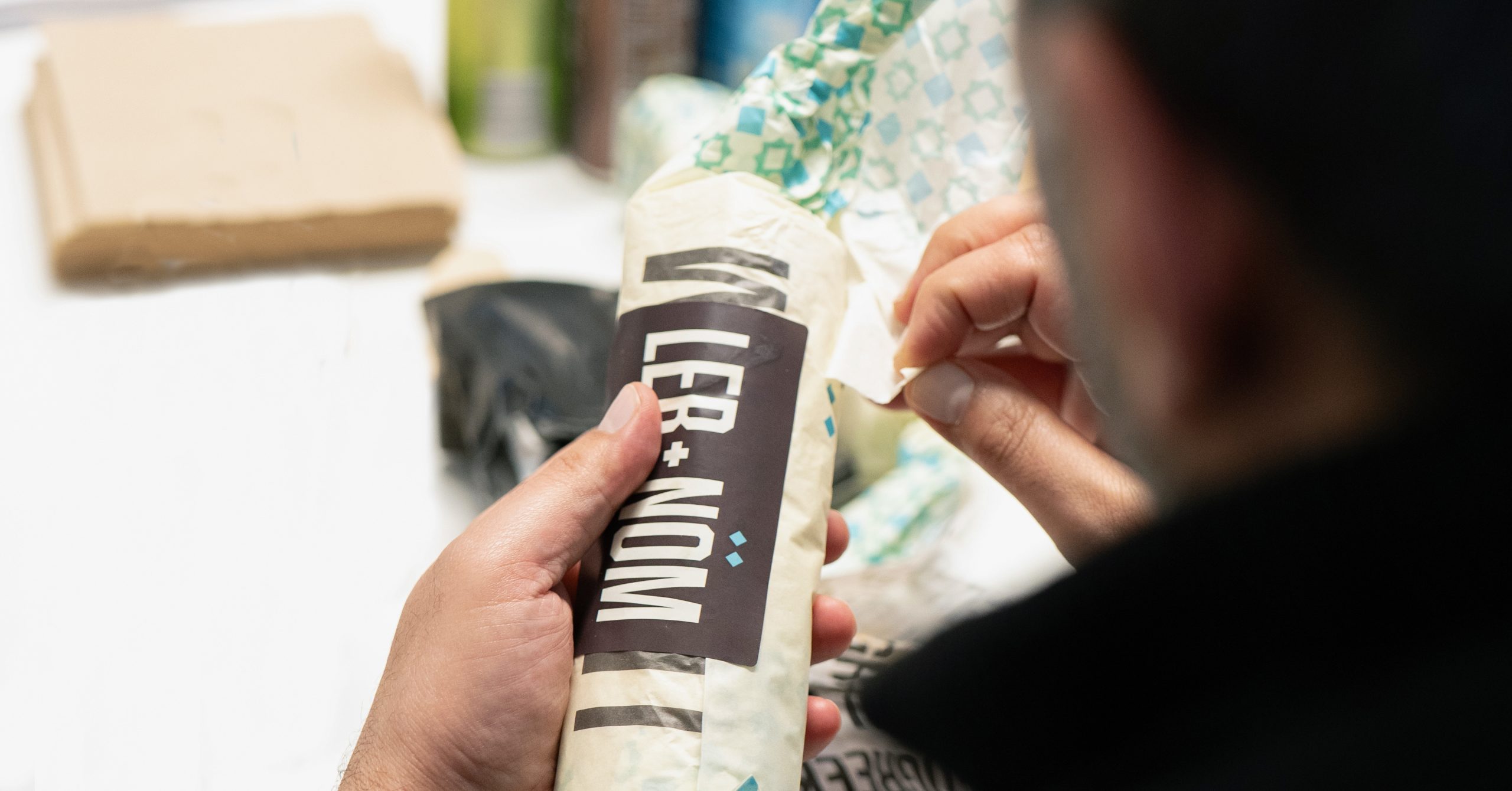
Maximise kitchen capacity
Most restaurants have downtime, quiet hours, underused staff, or spare equipment. Virtual brands turn that into profit by helping you maximise kitchen space. Instead of sitting idle, your kitchen can produce additional delivery orders, boosting efficiency without extra rent or payroll.
New revenue streams
With Dish’d, operators often generate £9,000–£15,000 per week in additional delivery sales. These results are typical of kitchens already running successful Dish’d brands. By plugging into the food delivery franchise model, you can grow sales without expanding your premises.
Halal compliance attracts wider audiences
Every Dish’d brand is 100% halal. This makes them accessible to a wider market of Muslim diners searching for “halal virtual brands near me”. Inclusivity isn’t an add-on, it’s built into the menus from day one.
Low risk, high margin
Unlike dark kitchen companies that require heavy investment in new premises, Dish’d leverages your existing set-up. Food and packaging costs average around 25% of net sales, leaving healthy margins. The dark kitchen benefits here are clear: low overheads, fast ROI, and scalable growth.
Proof in action
Operators like Umar, a Dixy Fried Chicken franchisee in London, added Dish’d brands to his site and reported £9,000+ in weekly delivery sales almost immediately. For him, hosting Dish’d’s virtual food brands alongside Dixy’s existing menu was a “no-brainer.”
By reducing risk and maximising return, Dish’d demonstrates the true benefits of virtual brands for operators across the UK.
Case in Point: Real Kitchens Using Dish’d to Grow

When Umar Kanagaratnam, a long-time Dixy Fried Chicken franchisee in Leyton, London, introduced Dish’d’s virtual food brands into his site, the effect was immediate.
“Last week we broke the record, just over £9,000 in additional sales. You can’t go wrong,” Umar explains.
How it works in practice
Umar’s Dixy store still serves its regular walk-in customers. But behind the scenes, his kitchen also produces delivery orders for Dish’d brands like Eugreeka! and Leb + Nom on Uber Eats, Deliveroo, and Just Eat. Customers get their favourite Greek wraps or fried Lebanese plates, while Dixy keeps its in-store experience unchanged.
This dual model gives Umar two income streams from the same kitchen, traditional walk-in trade plus high-volume delivery from virtual brand concepts.
Low disruption, fast ROI
Dish’d designed its model around the way fast-food chains already operate.Menus are simple to prepare with minimal wastage. Training takes just a few days, and dishes can be cooked and packed in under three minutes.
“It’s low investment as you already have the bricks-and-mortar. That makes it a no-brainer. What Dish’d promise, happens,” Umar says.
Why it stands out
In Umar’s area, there are 15 chicken shops within a one-mile radius. But none offered halal Greek food. Eugreeka! filled that gap, driving new customer demand and giving his location an edge over competitors.
“Eugreeka! is the most popular of the three. No one else has Greek food in halal kitchens here,” he explains.
The takeaway for operators
For Umar, Dish’d turned underused capacity into a reliable revenue stream. For other restaurants, it shows the benefits of virtual brands are not theoretical, they’re real, repeatable, and scalable.
How Dark Kitchens Fit Into the Future of Hospitality

Hybrid models are here to stay
The smartest operators are blending traditional service with virtual brand concepts. A single site can run a dine-in brand while also producing orders for multiple dark kitchens through delivery apps. This hybrid model maximises revenue without requiring new locations.
Menu innovation without full rebrands
Launching a new cuisine normally requires a full restaurant rebrand, new signage, marketing, and menus. With a virtual brand, operators can test new offers quickly, from Greek wraps to fried chicken wings, without risking their core business. If a concept works, it can scale nationally through dark kitchen locations.
Adaptability in a changing economy
Staffing shortages, rising rents, and delivery-first dining habits are reshaping hospitality. Dark kitchen benefits lie in their flexibility: no front-of-house, minimal additional labour, and the ability to run multiple brands from the same kitchen. This agility helps businesses survive shifting market conditions.
Sustainability and efficiency gains
Virtual brands also support ESG goals. With menus optimised for efficiency, operators use fewer ingredients across more dishes, lowering waste. Running from commercial dark kitchens also reduces energy costs compared to maintaining multiple dine-in outlets.
For many, this proves that dark kitchens are not just a pandemic trend, they’re a long-term strategy. By pairing delivery demand with low-overhead kitchens, restaurants can stay competitive in an industry where agility is everything.
Thinking of Going Virtual? Here’s What You Need to Start
Kitchen requirements
Running a virtual food brand doesn’t require a brand-new site. Most operators can launch from their existing restaurant or takeaway if they meet the basics:
- Commercial kitchen with proper extraction and gas/3-phase electricity.
- Halal compliance (no alcohol on site).
- FSA hygiene rating of 3 or higher.
For full details, see Dish’d’s FAQs.
Equipment checklist
The beauty of Dish’d brands is their simplicity. With a fryer and a griddle, you can cover most menus, from souvlaki wraps to fried chicken wings. This keeps entry costs low compared to setting up a standalone commercial dark kitchen.
Partner traits
Dish’d looks for operators who are:
- Quality-focused – committed to delivering consistent dishes.
- Service-minded – maintaining high standards for delivery customers.
- Growth-oriented – keen to use spare capacity to scale.
If that sounds like you, you’re already a strong candidate for the food delivery franchise model.
What to expect in week one
Dish’d makes onboarding fast and practical:
- Site check – to confirm capacity and forecast potential sales.
- Onboarding & training – typically four days in person.
- Menu integration – Dish’d handles photography, branding, and platform setup.
- Go live – start taking orders on Deliveroo, Uber Eats, and Just Eat.
With this streamlined process, most kitchens can be ready to launch a new virtual brand concept within days, not months.
Ready to take the next step? Become a Franchisee and see how Dish’d can transform your spare capacity into a high-performing dark kitchen revenue stream.
Conclusion
The way people eat has changed and restaurants that adapt are the ones thriving. Virtual food brands allow operators to turn spare capacity into profit, capturing modern food delivery trends without the expense of opening a new site.
The benefits of virtual brands are clear: lower overheads, maximised kitchen space, faster ROI, and access to new customer segments like halal diners and app-first Gen Z consumers. Unlike early dark kitchen companies that struggled with high marketing costs, Dish’d provides the full package, menus, photography, branding, and support, so operators can focus on what they do best: preparing great food.
Ghost kitchens and dark kitchens are no longer just a pandemic workaround. They’re a long-term virtual brand concept that helps kitchens grow, stay resilient, and remain profitable in a delivery-first economy.
Ready to explore the opportunity? Become a Franchisee today and see how Dish’d can help you launch one of the UK’s most successful virtual brand models with minimal risk and maximum reward.
